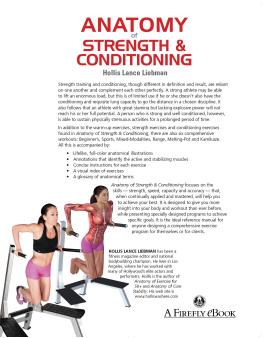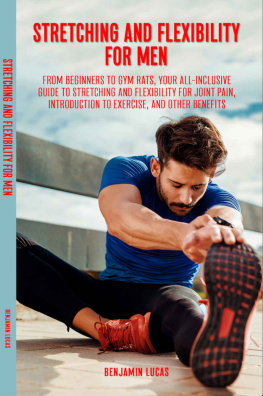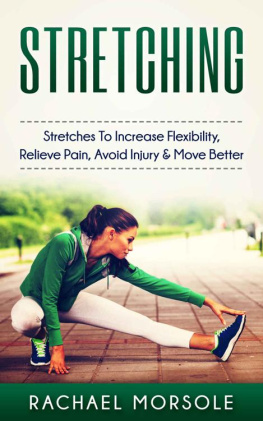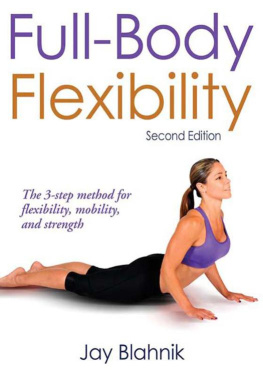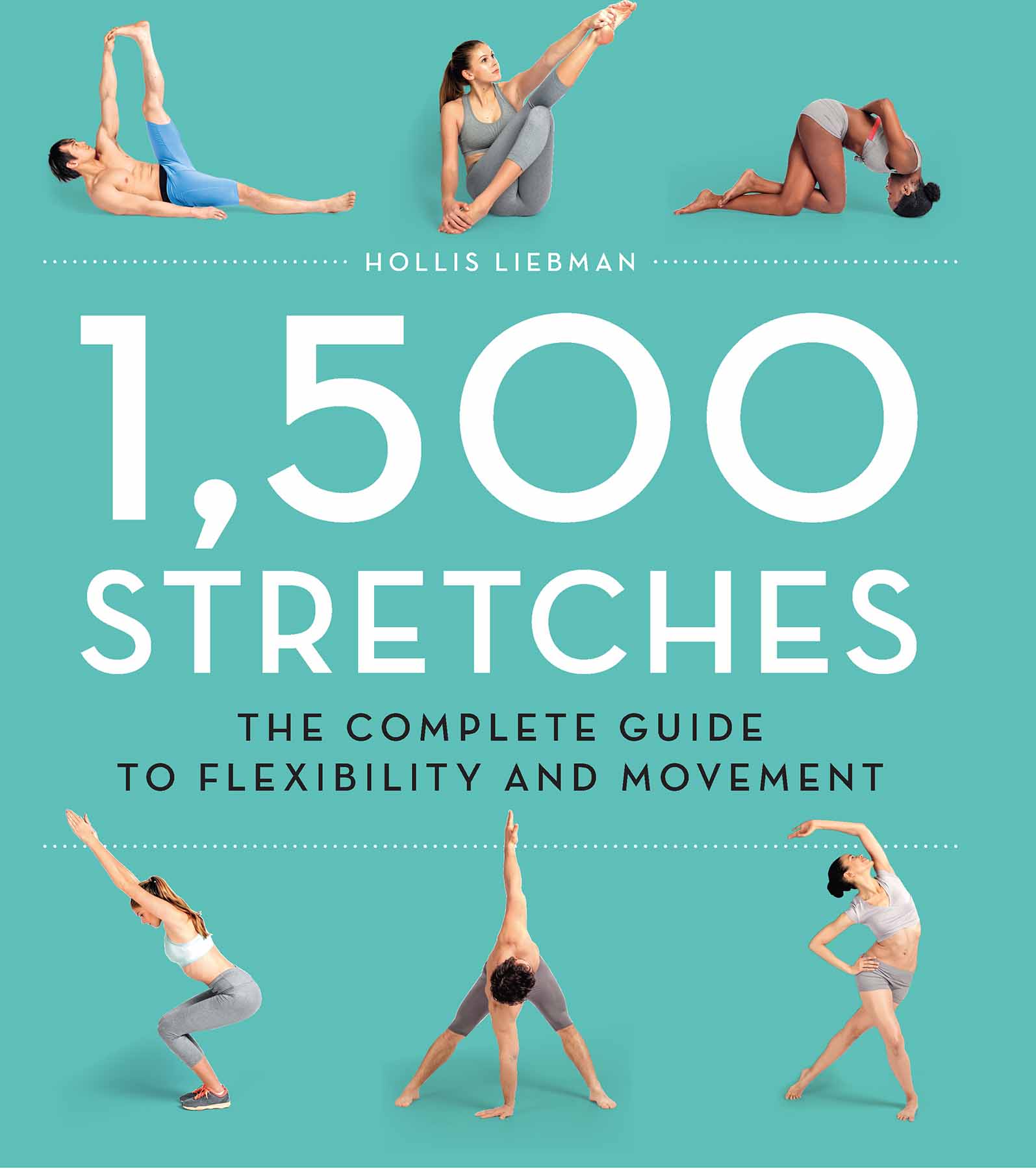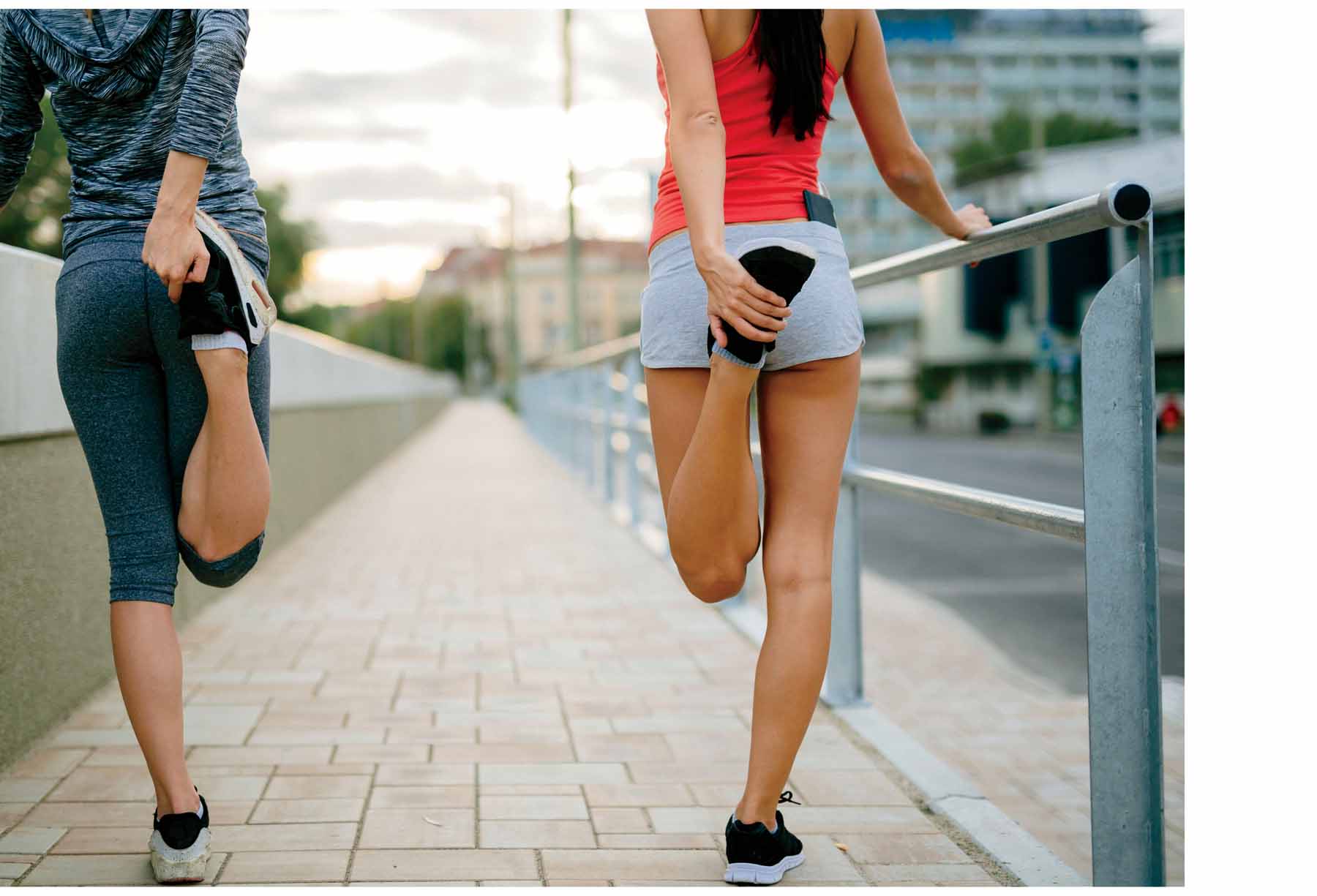Thank you for buying this ebook, published by HachetteDigital.
To receive special offers, bonus content, and news about ourlatest ebooks and apps, sign up for our newsletters.
General Disclaimer
The information herein is not intended to replace the services of trained health professionals or be a substitute for medical advice. You are advised to consult with your healthcare professional with regard to matters relating to your health, and in particular regarding matters that may require diagnosis or medical attention.
Neither this exercise program nor any other exercise program should be followed without first consulting a health-care professional. If you have any special conditions requiring attention, you should consult with your health-care professional regularly regarding possible modification of the program contained in this book.
Copyright 2017 by Moseley Road, Inc.
Photography by Naila Ruechel
Cover design by Amanda Kain
Cover copyright 2017 by Hachette Book Group, Inc.
Hachette Book Group supports the right to free expression and the value of copyright. The purpose of copyright is to encourage writers and artists to produce the creative works that enrich our culture.
The scanning, uploading, and distribution of this book without permission is a theft of the authors intellectual property.If you would like permission to use material from the book (other than for review purposes), please contact permissions@hbgusa.com.
Thank you for your support of the authors rights.
Black Dog & Leventhal Publishers
Hachette Book Group
1290 Avenue of the Americas
New York, NY 10104
www.hachettebookgroup.com
www.blackdogandleventhal.com
First edition: October 2017
Black Dog & Leventhal Publishers is an imprint of Hachette Books, a division of Hachette Book Group. The Black Dog & Leventhal Publishers name and logo are trademarks of Hachette Book Group, Inc.
The publisher is not responsible for websites (or their content) that are not owned by the publisher.
The Hachette Speakers Bureau provides a wide range of authors for speaking events. To find out more, go to www.HachetteSpeakersBureau.com or call (866) 376-6591.
Interior design by Moseley Road, Inc.
LCCN: 2017940502
ISBNs: 978-0-316-44035-6 (hardcover); 978-0-316-47368-2 (ebook)
E3-20170924-JV-NF
Stretching: The Natural Healer We all do itwe stretch in the morning to get our blood flowing, we stretch our legs after a long drive, and we stretch our shoulders after sitting at our desks for hours. Stretching is an intuitive movement, not only for humans but animals as well. (Try doing some yoga on your living room floor without your dog or cat coming by to stretch alongside you!) We stretch because it is a simple and effective way to loosen our muscles and invigorate our bodies.
Stretching Back in Time
The history of stretching extends as far back as 3000 B.C., when yoga was first mentioned in sacred Indian texts. For thousands of years, yoga practitioners have recognized the value of performing complex stretching postures along with deep breathing. Yoga is said to improve the flow of prana, or life energy, through the body, restoring physical and mental well-being.
Likewise, in Ancient Greece and Rome, athletes and military personnel incorporated stretching routines into their training regimens. Hippocrates and Galen, the father of sports therapy and physician to gladiators, believed that regular stretching was beneficial for healing aggravated muscles and maintaining general health.
Everyone Benefits from Stretching
Stretching is not only for athletes and yogis. Anyone who wants to improve their flexibility and range of motion should consider performing a few stretches every day.
People with sedentary lifestyles, in particular, should stretch daily to help improve their mobility. Sedentary individuals are generally more prone to injuries because their tight muscles arent acclimated to sudden or jerky movements. Muscle strains may then be a further hindrance to exercise, perpetuating the cycle of inactivity and leading to an even greater decline in mobility.
As we get older, our muscle mass naturally decreases and our activity levels decline. Inevitably, muscles grow weaker and joints stiffen up. Stretching can help reverse that aging process. Whether you are young or old, athletic or sedentary, stretching is a great way to improve your fitness and agility.
1,500 Stretches
A detailed and comprehensive book, 1,500 Stretches shows you, in simple step-by-step instructions, how to perform a variety of stretchesfrom basic beginners poses to more challenging postures. Within these pages, youll find just the right stretches for you. Remember, as with any new workout, begin slowly: You dont want to overstretch.
Stretch for Health
Roll out an exercise mat and start stretching! The numerous health benefits are worth it: Stretching enhances agility, relieves stress, alleviates back pain, and improves posture. Yet recently, stretching has taken a backseat to other types of exercise, perhaps because a few sports-related studies have shown conflicting results about the benefits of stretching. But dont let that deter youmost of those reports simply address the relative advantages of stretching before or after a workout. Stretching remains an excellent form of exercise for overall health.
Flex Your Muscles
The most obvious payoff of regular stretching is greater flexibility and a healthier range of motion in your joints. Stretching not only helps improve your athletic agility but also helps you perform everyday tasks, such as bending down to pick something up from the floor. When an agile person can more easily perform such basic movements, the body requires less energy, resulting in better stamina and less fatigue.
Improve Your Workouts
Before you begin a strenuous workout, performing a dynamic stretch (such as jogging in place) is an excellent way for you to warm up your muscles and prime your body for vigorous activity. Following a workout, static stretches (stationary poses, such as a lunge) allow your body to cool down gradually and may help to minimize muscle soreness by lengthening muscles that have contracted during your workout. Static stretches also help keep your blood flowing, allowing more nutrients to flush through the tired muscles and promote cell growth and repair.
Reduce the Risk of Injury
Tight muscles can be hazardous to your health. If your muscles tend to be stiff, you are more likely to pull a muscle or sprain a ligament when you perform a new exercise or you suddenly increase the amount of activity that you do. The more accustomed your body is to elongating your muscles, the less likely you are to suffer an injury by overextending yourself.
Stretch Away the Stress
The pressures of daily life often have a negative impact on your body. When you are continuously in fight-or-flight mode, the chronic tension can lead to knotted-up muscles in the neck, shoulders, lower back, and hips. These classic zones of stress are susceptible to aches and pains. By focusing on stretching out those areas where you tend to keep your tension, you can alleviate the pain.


